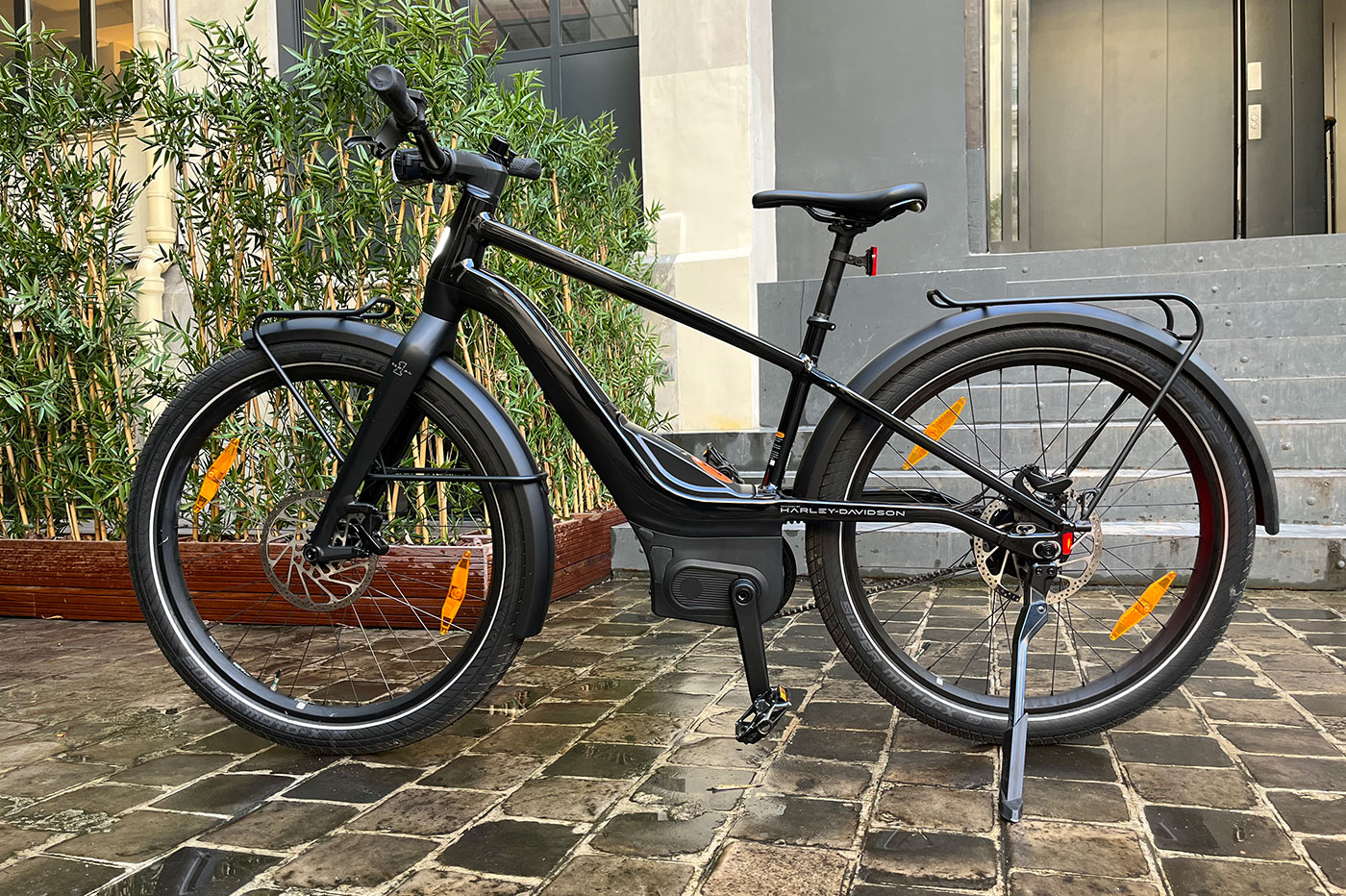
Not much, the world has changed a lot since that indomitable day in 1602 when, coming from Plymouth in the United Kingdom, the iconic ship Mayflower arrived at the east coast of the USA and Canada with a hundred pilgrims willing to settle a new civilization on the other side of the Atlantic and, with it, plant the seed that, in large part, gave way little by little to the current North America that we know.
More than four centuries later, technology dominates the world, there is no doubt about that. And that trip made in dangerous and primitive conditions is now carried out on comfortable and safe flights of a few hours or on boats where no luxury of detail is lacking… although a figure that has been crucial up to now for this type of journey is missing: the person in charge of mastering the rudder and that the trip is carried out in a timely manner without frights.
Robotics has taken another step in what is already an achievement in autonomous driving. A ship without a driver has made the same trip that the Mayflower made in its day, from England to, this time, Halifax, in the Canadian region of Nova Scotia and in just five weeks.
Built by leading technology company IBM, this autonomous boat has been able to make a trip without a driver, being piloted solely thanks to artificial intelligence. It is a boat of around 15 meters in length, without people on board, and that has been able to make the same trip that the first settlers did, marking a before and after for future driving projects without personnel in charge.
Constructed of carbon fiber and aluminum, and weighing five tons, it is capable of reaching a maximum speed of 37.04 km per hour. For this, he has used a propulsion system that combines wind and solar energy and also a diesel generator that is only used if necessary.
“The technology that makes up the autonomous system worked perfectly, without failure,” said Rob High, a computer executive at IBM and one of the main supporters of the project. This time yes, the test has been successfully passed. The same thing did not happen a year ago: his first attempt to cross the Atlantic Ocean in June 2021 had to deal with technical problemsand the revamped Mayflower had to return to England.
Already in April of this year, the feat was attempted again but a problem with the generator diverted it to the Azores islands in Portugal, where a A member of the team had to travel there to carry out some emergency repairs. Also in May, in the open sea, a problem arose with the generator’s starting battery charging circuit.
However, this time, IBM’s autonomous ship has already been able to complete its journey and lay the foundations to “colonize” the sector of autonomous vehicles without a driver. An option in which different companies are working, especially in the automotive sector.



